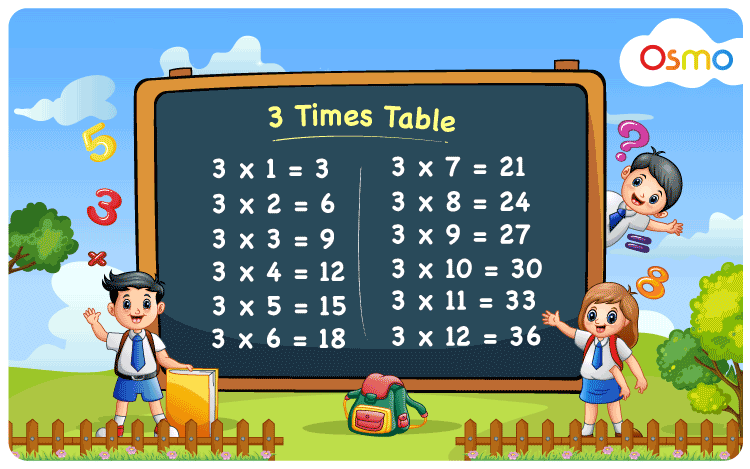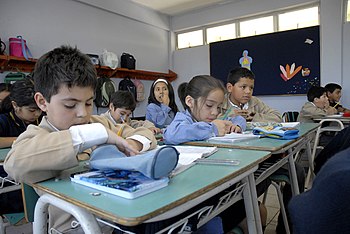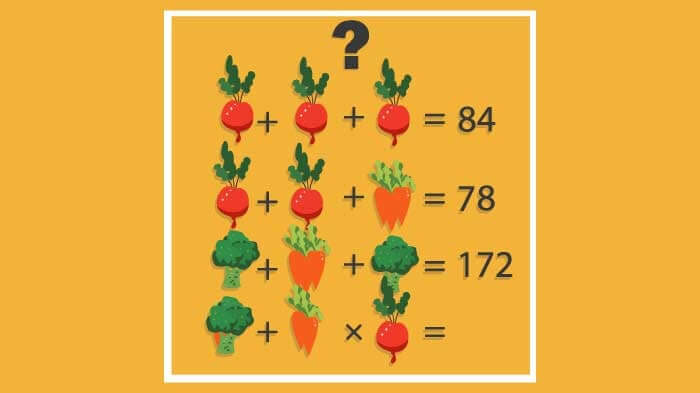
Students learn multi-digit addition/subtraction facts during the second grade. They also learn money and time-telling skills. Graphing, skip counting, and multiplication are also part of the curriculum in this grade. Flashcards can be a fun way for students to practice their fact fluency. The game requires students to lay 15 flashcards per total.
Game
Two-grade math games are a great way to get kids interested in math lessons. These games can be used to reinforce core skills like addition, subtraction, and place value. They help kids understand more complicated concepts, such as the analysis and description of shapes. These games can be interactive so that kids can practice a particular skill at their own pace.
Snakes and Ladders is a fantastic grade 2 math game. This card game helps children develop their number sense, while also allowing them to battle their opponents. Students can either play by themselves or with a team. Teachers can also provide unique codes so that students can play with other students.

Units
These math games for second grade help students improve their basic skills as well as fluency in addition to multiplication, subtraction, and place values. They are also great for teaching about time, money, and shapes. Some games can also be used to drill down on specific Common Core domains. A player might flip four cards, and then try to arrange them in a way that equals the highest sum.
Some games for second graders focus on particular units, such the metric system. Some games are based upon animals, while others deal with counting objects. One number line game is one example. This teaches students about the differences between one and ten. Another game focuses on estimating and counting objects and can be modified by using different values for each player.
Game type
Many games are available to help second graders improve their math skills. Some of the best games utilize a variety math concepts and are easy to use. Some games integrate science, art, and engineering which can help children understand mathematical concepts better. Some games combine elements of both these subjects such as addition and subtraction.
Buddy Ball is an engaging game that improves math facts fluency. The Buddy Ball lets students put cotton balls into a cup, and count them by twos. They then compare their highest numbers. These games are also useful in helping kids understand place value and the greater than/less than concept.

Game difficulty
For kids who have trouble solving addition and subtraction problems, you can make the game more challenging by adding extra dice to the equation. You can increase the difficulty by using words such as "sum" or "difference". You can also use smaller and larger numbers. Students can also try out problems involving multiplication and division. They can also use exponents and square roots.
Marbles is another easy math game that 2nd graders can play. This game allows children two-digit addition. The two-digit number is added to the marbles. This game helps children develop their clock skills and understanding of addition and subtraction. You can choose from different difficulty levels but they all help students to learn the basics.
FAQ
What are some ways to get scholarships?
To help pay college expenses, scholarships are grants. There are many types available in scholarships. These are:
-
Federal Grants
-
State Grants
-
Student Loans
-
Work Study Programs
-
Financial Aid
Federal grants come directly from the U.S. government. Most federal grants require applicants fulfill certain requirements. For example, you must demonstrate financial need.
Individual states offer state grants. Some states offer these funds based on financial need; others award money for specific reasons.
Student loans are issued by banks and other lending institutions. Students are often able to borrow money for expenses such as tuition or living expenses.
Work-study programs are designed to encourage employers to hire qualified students. Employers are required by law to pay minimum wage.
Financial aid is available to help low-income families pay for college. It covers all or most of the tuition costs.
Is it difficult for a teacher to become?
It takes a lot of commitment to become a teacher. You will need time to study.
You can expect to work 40 hours per semaine while earning your degree.
Additionally, you need to find a job which suits your schedule. Many students have difficulty finding part-time work that allows them to balance schoolwork and their personal lives.
After you have been offered a permanent position, you will be expected to teach classes throughout the day. You might even be required to travel to other schools throughout the week.
What's the difference between private and public schools?
All students have access to public schools at no cost. They provide education from kindergarten through high schools. Private schools charge tuition fees. They offer education from preschool through college.
Charter schools can also be found, which are privately owned but are not publicly funded. Charter schools do not follow the traditional curriculum. Charter schools allow their students to explore what interests them.
Parents who believe that their children should be able to access quality education no matter what their financial situation are fond of charter schools.
What does it mean to be a teacher in early childhood education?
A teacher in early childhood education must have specific training. Most states require candidates for a teaching position to obtain certification from a state board before being allowed to work in public schools.
Some states require teachers passing tests in math and reading.
Some states require teachers with early childhood education degrees to complete a set number of hours.
Most states set minimum requirements for what a teacher should know. However, these requirements vary widely between states.
What is early childhood education?
Early Childhood Education is a field devoted to helping children develop into healthy, happy adults. It involves everything from teaching children to read to preparing for kindergarten.
Early childhood education is designed to help children grow and learn by providing them with appropriate experiences.
Early childhood educators are frequently called upon by parents to assess the developmental needs and abilities of any child they encounter. This assessment helps determine whether a particular program would benefit each individual child.
Parents can interact with teachers and professionals who have had experience working with young kids through early childhood programs.
As parents, they play a vital role in early childhood education. They must know how to properly care for their children and offer guidance and support when needed.
Parents can also join activities to teach their children skills that will be useful throughout their lives.
Sometimes, early childhood education is also called preschool education. However this term is interchangeable with daycare centers. Prekindergarten education begins at three years of age, but early childhood education can begin around three.
What is the best way to start teaching early childhood?
First you need to decide if your career path is in early childhood education. A bachelor's degree is required if you are interested in a career as an early childhood educator. Some states require that students earn a master’s degree.
You may also need to attend classes during summer months. These courses are about pedagogy, the art of teaching, and curriculum development.
Many colleges offer associate degree programs that lead directly into a teaching certificate.
Some schools offer certificates, while others offer bachelor's and master's degrees. However, some schools only offer diplomas.
If you plan to teach at home, you may not need any additional training.
Statistics
- “Children of homeowners are 116% more likely to graduate from college than children of renters of the same age, race, and income. (habitatbroward.org)
- Think of the rhetorical power of nineteenth-century abolitionist Harriet Beecher Stowe, Martin Luther King, Jr., or Occupy Wall Street activists with their rallying cry of “we are the 99 percent.” (bostonreview.net)
- They are more likely to graduate high school (25%) and finish college (116%). (habitatbroward.org)
- They are also 25% more likely to graduate from high school and have higher math and reading scores, with fewer behavioral problems,” according to research at the University of Tennessee. (habitatbroward.org)
- Among STEM majors, that number is 83.5 percent. (bostonreview.net)
External Links
How To
Why homeschool?
There are many factors that you need to consider when deciding whether or not to homeschool.
-
What type of education are you looking for? Are you looking to develop social skills or academic excellence?
-
How involved do you want to be in your child's education? Is it better to be kept up-to-date about your child's activities? Would you prefer to be informed about your child's activities? Or would it be better for you to let them make their own decisions?
-
Is your child a special needs child? What can you do to help your child with special needs?
-
Do you have the ability to manage your children's time? Are you able to commit to teaching your child at-home every day?
-
What topics will you cover? Math, science, language arts, art, music, history, geography, etc. ?
-
How much do you have to pay for your child's education
-
Is your child old enough for school?
-
You will need to find somewhere to place your child. This includes finding a space large enough for a classroom, as well as providing adequate facilities such as bathrooms and kitchens.
-
What is your child’s age?
-
When does your child go to bed?
-
When does he/she get up?
-
What time does it take to go from point A to point C?
-
What distance is your child from school?
-
What distance is there between your home, and the school of your child?
-
How will your child get to and from school?
-
What are some of the benefits of homeschooling
-
What are the drawbacks?
-
Who will look after your child outside?
-
What are your expectations?
-
Which discipline will you choose?
-
What curriculum will you use?
Homeschooling can be done for many reasons. Some of them are:
-
Your child has learning difficulties that prevent him/her to attend traditional schools.
-
You wish to offer an alternative education to your child.
-
You need more flexibility when it comes to scheduling.
-
You want to avoid paying high tuition fees.
-
You think your child is receiving a better education in this school than you would receive in a traditional setting.
-
You believe that you can teach your child more than the teacher at a traditional school.
-
The school system is not what you like.
-
The rules and regulations of school are confusing to you.
-
You want your child's work ethic to be strong.
-
You want the freedom to choose which courses your child takes.
-
You want individual attention for your child.
Other benefits of homeschooling include the following:
-
It is not necessary to worry about uniforms and books, pencils, pencils, paper, or other supplies.
-
You can personalize your child's education according his/her interest.
-
Homeschooling allows parents to spend time with their children.
-
Students who have been homeschooled learn better because they're not distracted by peers.
-
Homeschoolers often score higher on standardized tests.
-
Homeschool families tend be happier overall.
-
Homeschoolers are less likely to drop out.